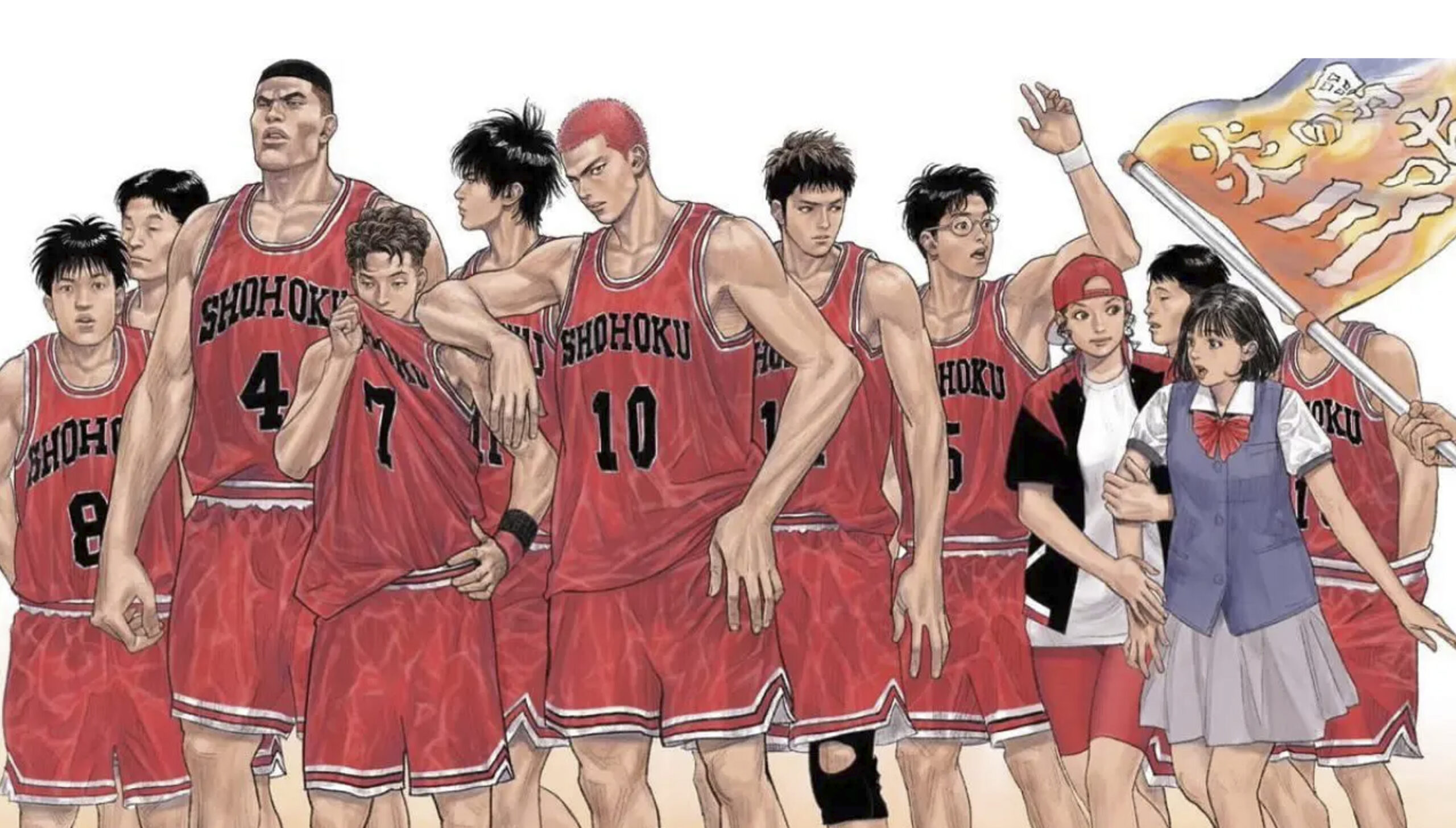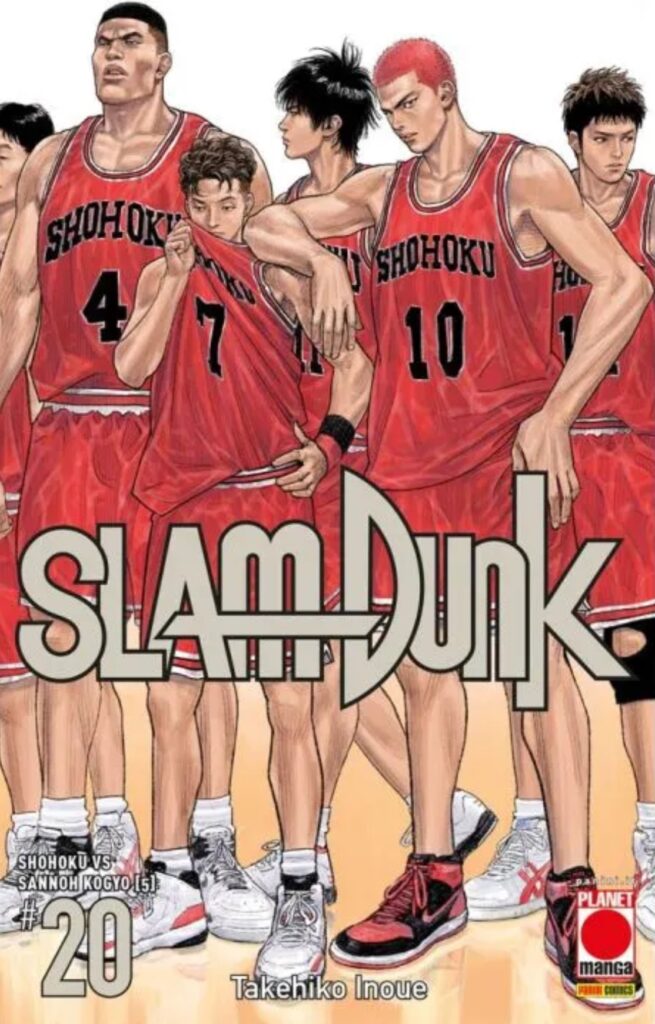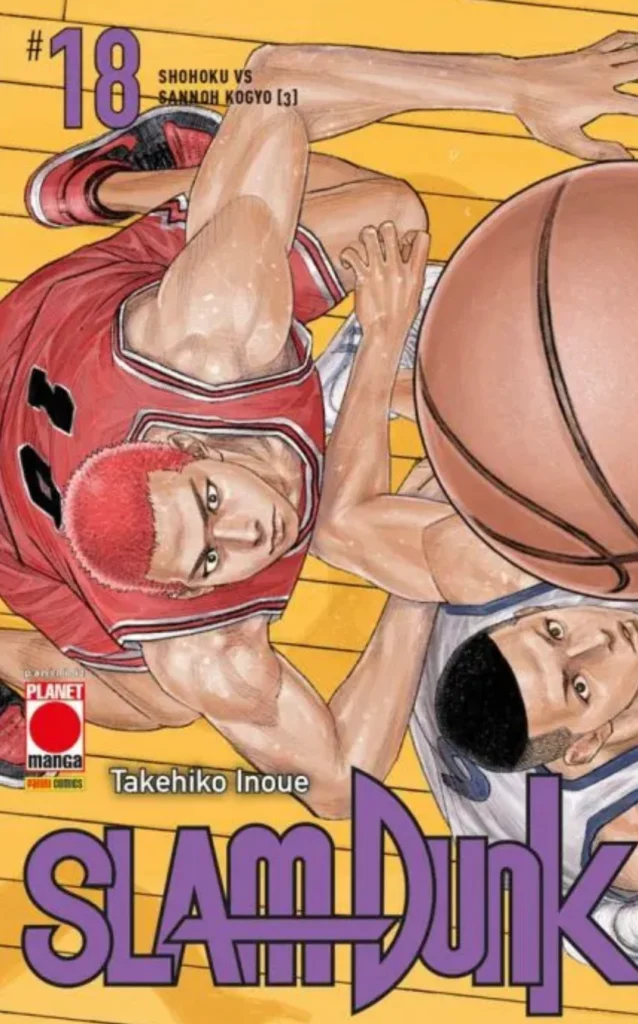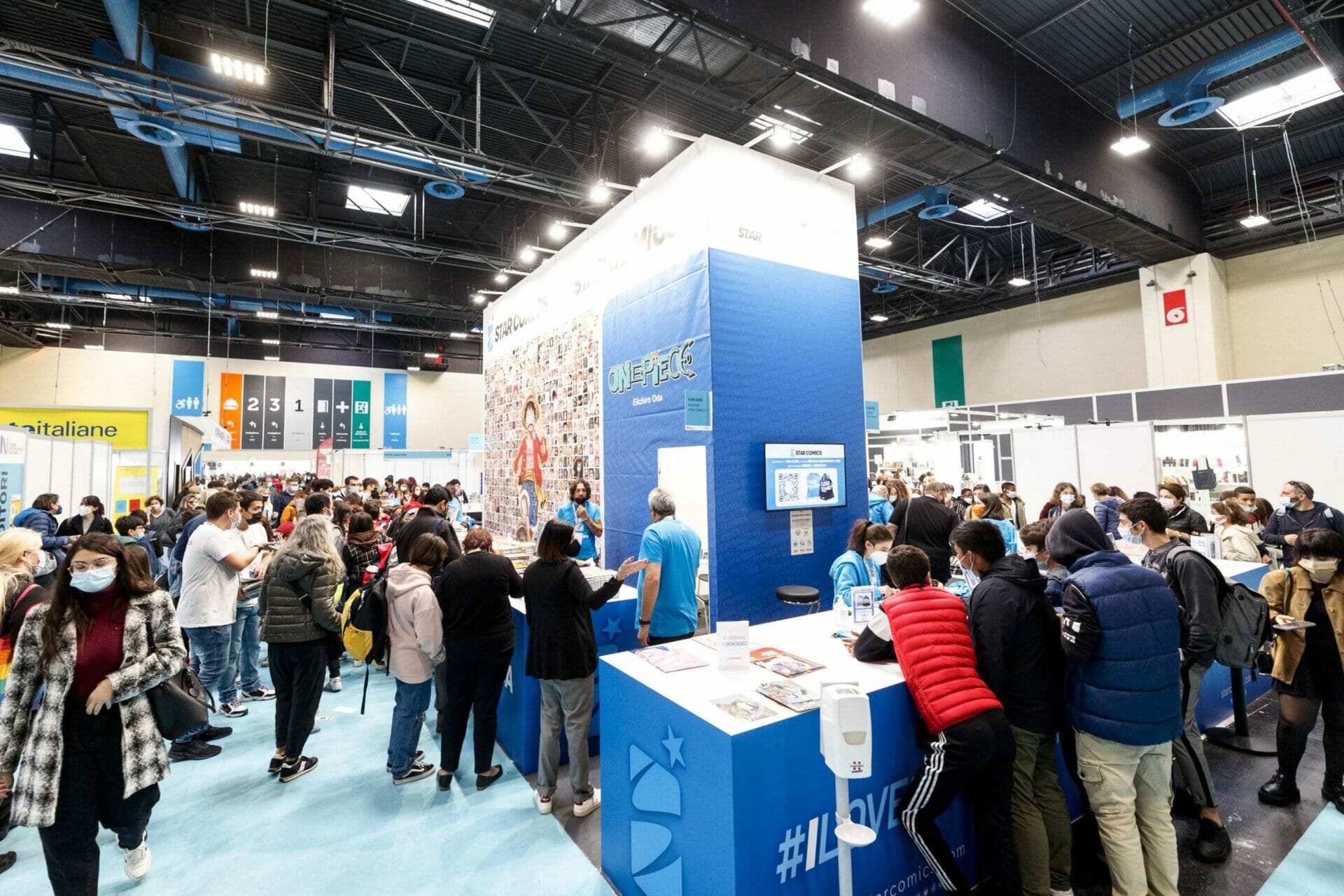
Slam Dunk by Takehiko Inoue Review | Basketball’s rebound on ink and paper
Author
Year
Takehiko Inoue began his career as a self taught artist in 1988, working on City Hunter along the famous mangaka Tsukaja Hoso. Only ten years later he would debut on Shonen Jump with a one-shot about basketball, Purple Kaide. This short story would become the prototype for one of his main works: Slam Dunk, published from 1990 to 1996.
What started as a personal project driven by passion, undertaken against the advice of many, became a sensation that impacted on the history of manga and on basketball’s popularity in Japan. It also defined Inoue’s style as a mangaka, both in terms of visuals – as seen in Vagabond – and themes, like in Real. With over 170 million copies sold, it is one of the best-selling manga series in history.
Slam Dunk: an introduction to basketball
Sakuragi Hanamichi, a hooligan and freshman at the Shohoku highschool, is very unlucky in love. Having been rejected fifty times, he ends up joining the school basketball team only to impress a girl, Haruko. However, despite his height and athleticism, it appears clear that he holds no genuine interest in the sport. Nothing more than a rookie, at first his hot-headed attitude causes friction among the team. However, his determination to keep on training will grant him a newfound appreciation for basketball. Thanks to his resilience the Shohoku will rise to new heights, now aiming for the national championship.

In the USA basketball is sacred, as proven by the controversy that took place during the 2023 FIBA World Cup. In particular the 90s, when the series was first published, was a pivotal decade for the sport. It represented its golden age, where NBA stars like Magic Johnson and Michael Jordan were achieving international fame. As for Japan, the 1964 Olympic games introduced many Western sports, captured by Ichikawa’s documentary Tokyo Olympiad. However, basketball still remained overlooked, confined to PE classes.
Takehiko Inoue himself started playing basketball in school, soon becoming an avid fan. When he began creating Slam Dunk, his editor at Shonen Jump tried to discourage him. The consensus was that the subject would not appeal to young Japanese readers – yet Inoue’s approach proved successful. By opening his story with an inexperienced protagonist learning the basics of the game, so does the reader. The manga keeps on introducing rules and techniques throughout the story, allowing the audience to appreciate its intricacies. A beginner-friendly approach that won over the public, sparking a wave of newfound interest towards the sport.
Slam Dunk is tale of sport, teams and personal growth
As the movie Million Dollar Baby shows, narratives of redemption through sport focus more on human bonds rather than the sport itself. Slam Dunk follows the same concept. It is not the story of a single character, but rather the epic of a whole team. From the strict and passionate Akagi Takanori, the senior captain of the team, to Hisashi Mitsui, a promising player struggling with the aftermaths of an injury; from the popular and experienced Rukawa Kede – Sakuragi’s sworn rival – to Ryota Miyagi, a fellow delinquent whom he befriends: they all have their own strengths and struggles to overcome, and each plays an important role, in the story just as on the court. The result is a solid team dynamic that explores the inter-personal relationships of its members.

And then there is Sakuragi himself, a character that sets himself apart from the trope of the overpowered flawless protagonist. He is not talented: he hones his skills through training, and his passion for basketball grows alongside him. Moreover, he is boastful, jealous and stubborn – similar to the GTO main character Onizuka. All characteristics that fall into the comedic side of these manga, but out of which the protagonists also mature. Abandoning his ego to earn the acceptance of his companions, growing to trust them as much as they trust him.
Takehiko Inoue’s approach to realism
Realism in Slam Dunk is not limited to the narrative, but finds its main expression in the art style. Inoue avoided the cartoonish sport depictions of manga like Dash Kappei – whose approach to basketball was only comedic. Instead he took inspiration from real-life games and players of American basketball. For example, Sakuragi’s position as power forward and his fiery red hair are a direct nod to Dennis Rodman. Even the Shohoku red and white jerseys take after those of the Chicago Bulls. As a consequence, his art style evolved as well: going from a simpler to a hyper-realistic style that encapsulates the physical effort and motion of its characters. Much like in Miyazaki’s series Nausicaä, the rendering and detail improve in each chapter. And so does the storytelling, with ever-more complex and engaging games.

In a manga about sport, narrative rhythm is as crucial as art in portraying the action. Slam Dunk’s fast pace is a testament to it. Moving from dribble to pass and to shoot to dunk, the panel structure recreates the feeling of a real game. Moreover, it does so while keeping the action clear and easy-to-follow, never losing the flow.
Slam Dunk not only set the bar for sport manga to come, but also popularized basketball in Japan. In fact, Inoue promoted a scholarship to allow Japanese students to go to the US, a chance to become professional players. The series received an anime adaptation and five animated films by Toei Animation. In particular, The First Slam Dunk, was a global success and won the Nihon Academy Award for best animated movie.
Tag
Buy a ☕ for Hypercritic









